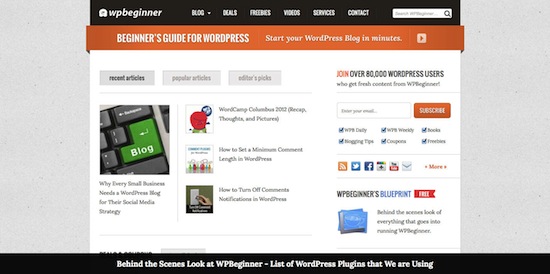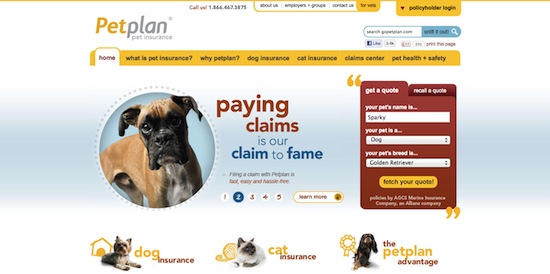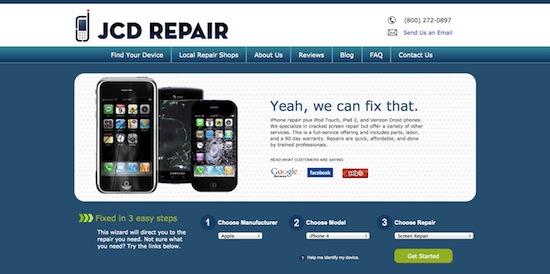3 Ways Social Intelligence Helps Drive Business Strategy

~Second in a two part series on social media monitoring.~
In our article, Social Media Monitoring as a Call to Action, we discussed the importance of using social media to discover valuable information about your brand rather than just focusing on acquiring a higher number of fans and followers. The information, or “social intelligence” as Forrester refers to it, can then be used to improve business strategies.
In Forrester’s recent report, “Evaluate and Evolve Social Intelligence” they describe three stages to the social intelligence maturity model: monitoring, listening and intelligence, It is within stage 3, when companies integrate social data into their existing business strategies and technologies. Forrester says “sharing data across the organization only works if the organization is prepared to manage it.”
In the examples below, you’ll see how several businesses have moved beyond monitoring and listening to their customers and managed to put the data to good use. In two of the examples, you’ll see how these businesses go about listening to conversations to identify web and social content that is relevant to their target audience. In another example, the business uses post-sales emails to encourage reviews that then provide valuable feedback and higher Google rankings.
WPBeginner
Syed Balkhi, Founder of WPBeginner, a free WordPress resource site, told us how he has used social media to grow the site:
“I launched WPBeginner in 2009. I got on Twitter and Facebook and started tweeting my articles. No one was listening. I needed a way to get more of an audience. I started utilizing Twitter search and looked for the hashtag #WordPress. People were asking questions, and I started answering them. This also allowed me to get new ideas for my blog posts. I simply turned user questions on Twitter into relevant blog posts. I then replied back to them, linking to the answer (on the blog). This method worked very well because I was writing what users wanted to read. This helped me with SEO as well because the tutorials on the site were exactly what people were searching for. “
Petplan Pet Insurance
Natasha Ashton, Co-Founder and Co-Ceo of Petplan Pet Insurance, described one of their processes for developing more strategic content for their monthly newsletter:
“We are continually evaluating the engagement we have with both our prospective customers and our current policyholders in order to understand how to best optimize the type, timing and delivery of our sales and retention messages. A good example of this is our monthly newsletter – fetch! health news. We send the newsletter to our policyholders, our prospective policyholders and veterinarians. We segment our lists and individually tag with web analytics all three versions. Before we begin compiling our next newsletter, we review the analytics report to see what content, from categories to individual stories, garnered the most engagement on our website, and importantly, what drives them to take the desired action(s).”
JCD Repair
In a recent article by Melinda Emerson she provides the example of Matt McCormick and his business JCD Repair, an iPad and Android repair business, who uses social media as a follow-up tool after making a sale:
His shop obtains a customer’s email address to send a paperless receipt and tells them that they’ll receive another email from them in two weeks to make sure everything is O.K. The email reminds the customer of their 90-day warranty, asks if everything is O.K. and then asks for a review of JCD Repair’s service. Depending on their email address, the company provides a link to either Google Plus Local, Yelp or Facebook.
McCormick reports that they recently had 97 live reviews on Yelp and how a popular blogger in Chicago wrote a blog post after her iPhone was fixed by JCD Repair.
“Knowing that you are going to follow up in this manner changes the way you deal with customers because you know they might be writing reviews about you…leads to better service at the initial sale. It also gives you the chance to turn annoyed or unsatisfied customers into happy customers. A customer who was not totally happy with your service will let you know by replying to your follow-up email. If you deal with problems swiftly and set things right, people are impressed.”
McCormack reports too that the strategy has helped increase sales and helped them to rank higher on Google—both organic and local results. McCormick even believes that bad reviews can be useful. “…a bad review here and there not only helps you look more credible, it can give you very valuable feedback on what you’re doing wrong. Lastly, it also gives you a chance to set the situation right with the customer.”
How have you used social intelligence to improve your business strategies? Let us know in the comments section below.
You may also Like

When Generosity Gets Complicated: What 223 Americans Taught Us About the Future of Giving
“I’m not opposed to donating, but there’s just too many stories of it being mishandled, and frankly, I don’t trust it.” The Hispanic man who shared this wasn’t...
AI Trust Crisis: Why Users Draw the Line at News and Politics
While AI adoption surges across everyday tasks, a clear boundary emerges for serious information. Insights from the Social Lens Library reveal users across all generations share unified skepticism:...




0 Comments
Leave a comment